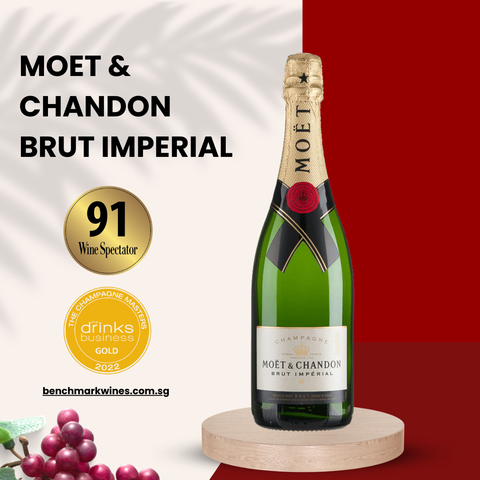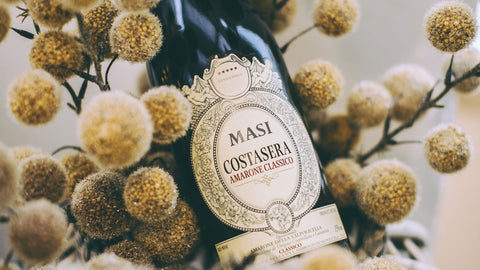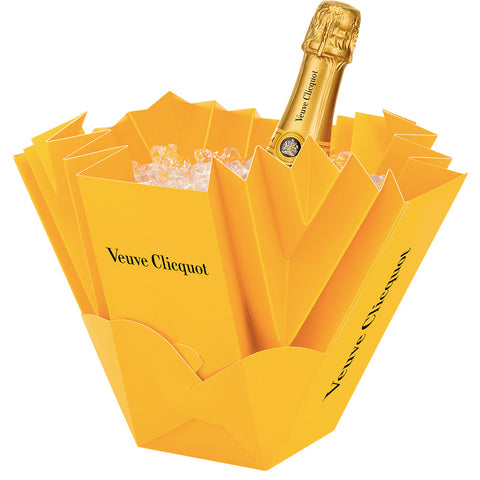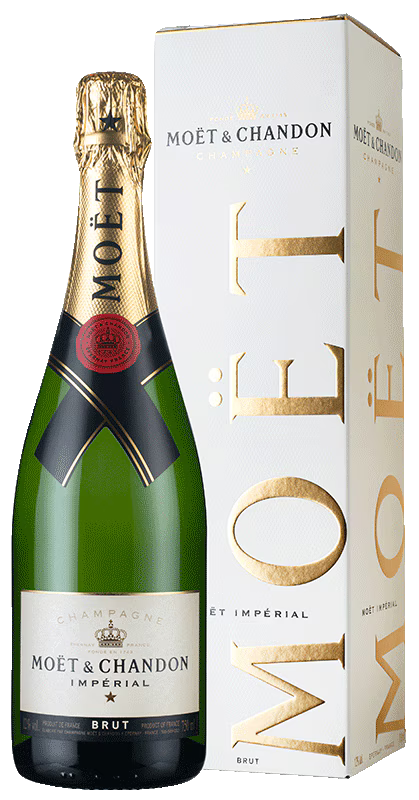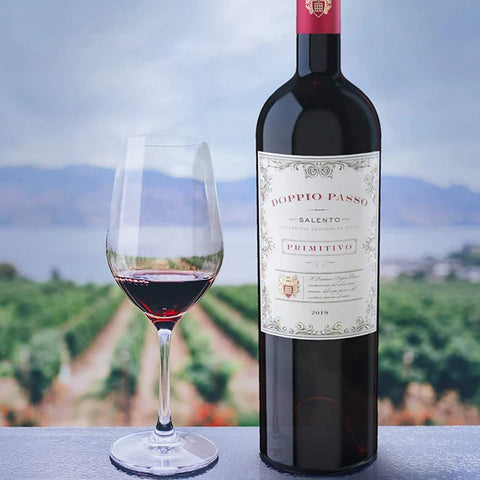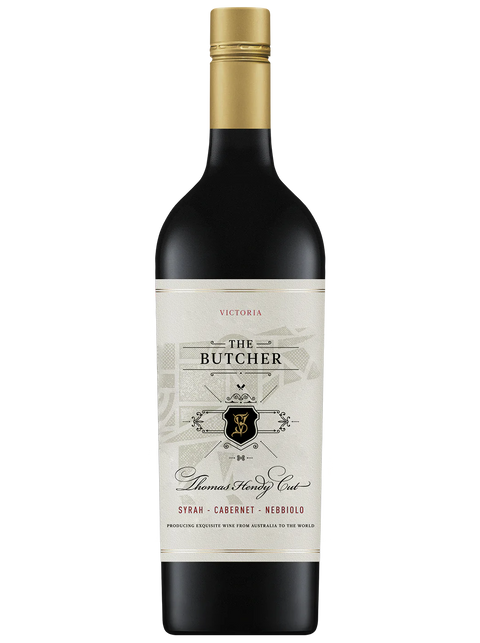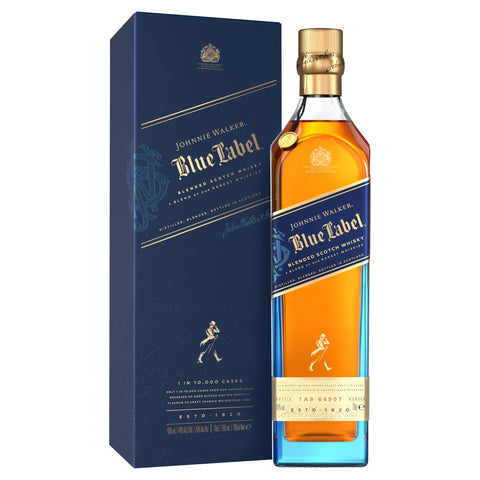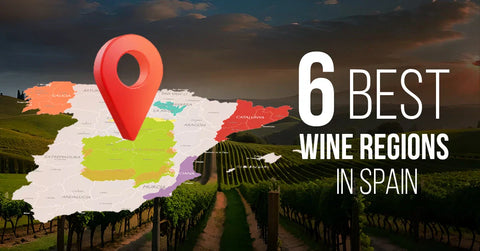Wine enthusiasts and casual drinkers alike are often faced with the delightful dilemma of choosing between rose wine vs red wine. With global wine consumption steadily increasing, understanding the nuances between these popular varieties has never been more relevant. Rose wine has seen a significant surge in popularity over the past decade, while red wine maintains its timeless appeal across cultures and occasions.
The differences between rose wine and red wine extend far beyond their distinctive colors; they encompass production methods, flavor profiles, and ideal serving conditions. Planning a dinner party, selecting a gift, or expanding your wine knowledge, understanding these distinctions will help you make more informed choices that elevate your wine experiences.
Rose Wine vs Red Wine: Quick Comparison
|
Characteristic |
Rose Wine |
Red Wine |
|
Color |
Light pink to deep salmon |
Ruby red to deep purple |
|
Production Method |
Limited skin contact or blending |
Extended skin contact during fermentation |
|
Tannin Level |
Low to medium |
Medium to high |
|
Body |
Light to medium |
Medium to full |
|
Flavor Profile |
Berries, citrus, melon, flowers |
Dark fruits, spices, herbs, and chocolate |
|
Serving Temperature |
46-57°F (8-14°C) |
60-68°F (16-20°C) |
|
Food Pairings |
Salads, seafood, and grilled vegetables |
Red meats, pasta, and aged cheeses |
|
Aging Potential |
1-3 years |
2-30+ years (varietal dependent) |
|
Alcohol Content |
11-13% |
12-15% |

1. Production Methods: The Birth of Rose vs Red Wine
The fundamental difference between rose wine vs red wine begins at production. Red wines undergo extended maceration, where grape juice remains in contact with skins, seeds, and stems during fermentation. This process typically lasts from days to weeks, allowing for maximum extraction of color, tannins, and flavors.
Rose wine, however, takes a gentler approach with three primary production methods:
-
Limited skin contact: Grape skins remain in contact with the juice for just 2-24 hours before being removed
-
Saignée (bleeding): During red wine production, some juice is "bled" off early to create rose
-
Blending: A small amount of red wine is blended with white wine (uncommon in premium roses and prohibited in some regions)
These production differences directly impact the wines' final characteristics, with red wines demonstrating deeper color and more robust structure compared to the lighter, fresher profile of rose wines.
2. Color Variations and Their Significance
The color spectrum of rose wine vs red wine serves as a visual indication of their character and production methods. Red wines range from bright ruby to deep purple-black, with lighter hues typically suggesting younger wines or lighter varieties like Pinot Noir, while deeper colors often indicate full-bodied varieties like Cabernet Sauvignon or Syrah.
Rose wines display an impressive color range:
-
Pale pink (Provence-style)
-
Salmon
-
Bright pink
-
Deep coral
Factors influencing color intensity in both wines include grape variety, climate, ripeness at harvest, and length of skin contact. Generally, deeper-colored roses suggest more robust flavors and potentially higher tannin levels.
3. Flavor and Aroma Profiles
Red wines typically showcase rich, complex flavor profiles featuring:
-
Dark fruits (blackberry, cherry, plum)
-
Spices (pepper, clove)
-
Earthy notes (leather, tobacco)
-
Oak-derived flavors (vanilla, chocolate)
Varietal differences are significant; Cabernet Sauvignon offers blackcurrant and cedar notes, while Pinot Noir presents delicate cherry and mushroom characteristics.
Rose wines present fresher, brighter flavors:
-
Red berries (strawberry, raspberry)
-
Citrus (grapefruit, lemon)
-
Stone fruits (peach)
-
Floral notes
Rose styles range from bone-dry Provence examples to slightly sweeter White Zinfandel variations. Popular rose grape varieties include Grenache, Syrah, Mourvèdre, and Sangiovese, each bringing distinctive characteristics to the final wine.
4. Body, Tannins, and Structure
Tannins, polyphenolic compounds extracted from grape skins and seeds, create the astringent, drying sensation experienced with red wines. They provide structure and aging potential while varying considerably between varieties.
When comparing rose wine vs red wine:
-
Body: Rose wines are typically light to medium-bodied, while red wines range from medium to full-bodied
-
Acidity: Rose wines generally maintain higher acidity, contributing to their refreshing quality
-
Alcohol: Red wines typically contain slightly higher alcohol percentages (12-15%) compared to roses (11-13%)
5. Food Pairing Guidelines
Red wines pair excellently with:
-
Red meats (steak, lamb)
-
Rich pasta dishes
-
Aged cheeses
-
Chocolate desserts
Rose wines demonstrate remarkable versatility with:
-
Mediterranean cuisine
-
Seafood and shellfish
-
Salads and light pastas
-
Grilled vegetables
For optimal pairing, match the wine's body with the dish's intensity – lighter roses with delicate foods, fuller-bodied reds with richer dishes.
6. Serving and Storage Recommendations
Proper serving enhances the experience of both rose wine vs red wine:
-
Temperature: Serve rose wine chilled (46-57°F/8-14°C) and red wine at cool room temperature (60-68°F/16-20°C)
-
Glassware: Use glasses with larger bowls for red wines to allow aeration and narrower glasses for roses to preserve delicate aromas
Regarding storage:
-
Red wines often benefit from aging (2-30+ years, depending on quality and variety)
-
Rose wines are best consumed young, typically within 1-3 years of release
-
Both should be stored horizontally in cool, dark environments
7. Popular Regions and Styles
Red wine regions of distinction include:
-
Bordeaux, France (Cabernet Sauvignon, Merlot)
-
Burgundy, France (Pinot Noir)
-
Tuscany, Italy (Sangiovese)
-
Napa Valley, USA (Cabernet Sauvignon)
Rose wine excels in:
-
Provence, France (dry, pale styles)
-
Tavel, France (fuller-bodied roses)
-
Navarra, Spain (fruity, structured roses)
-
California, USA (diverse styles)
Final Words
The comparison between rose wine vs red wine reveals two distinct yet equally worthy wine expressions. Red wines offer complexity, depth, and aging potential, making them ideal for contemplative sipping and pairing with robust foods. Rose wines provide refreshing versatility, bright flavors, and accessibility, perfect for casual enjoyment and adaptable food pairing.
Rather than viewing one as superior, consider them complementary options in your wine repertoire. Different occasions, seasons, and meals might call for either rose or red wine. By understanding their unique characteristics, you're now better equipped to select the perfect bottle for any situation.
FAQs
1. Is rose better than red wine?
Rose and red wine are different, and it depends on your preference. Rosé is lighter and refreshing, while red wine is richer and more robust.
2. Is rose wine sweet or dry?
Rosé can range from sweet to dry, depending on the production style and the region where it’s made.
3. Why is rose wine cheaper?
Rosé wine is often less expensive because it requires less aging time and is generally produced with a simpler process compared to red wine, highlighting the difference between red and white wine production.




